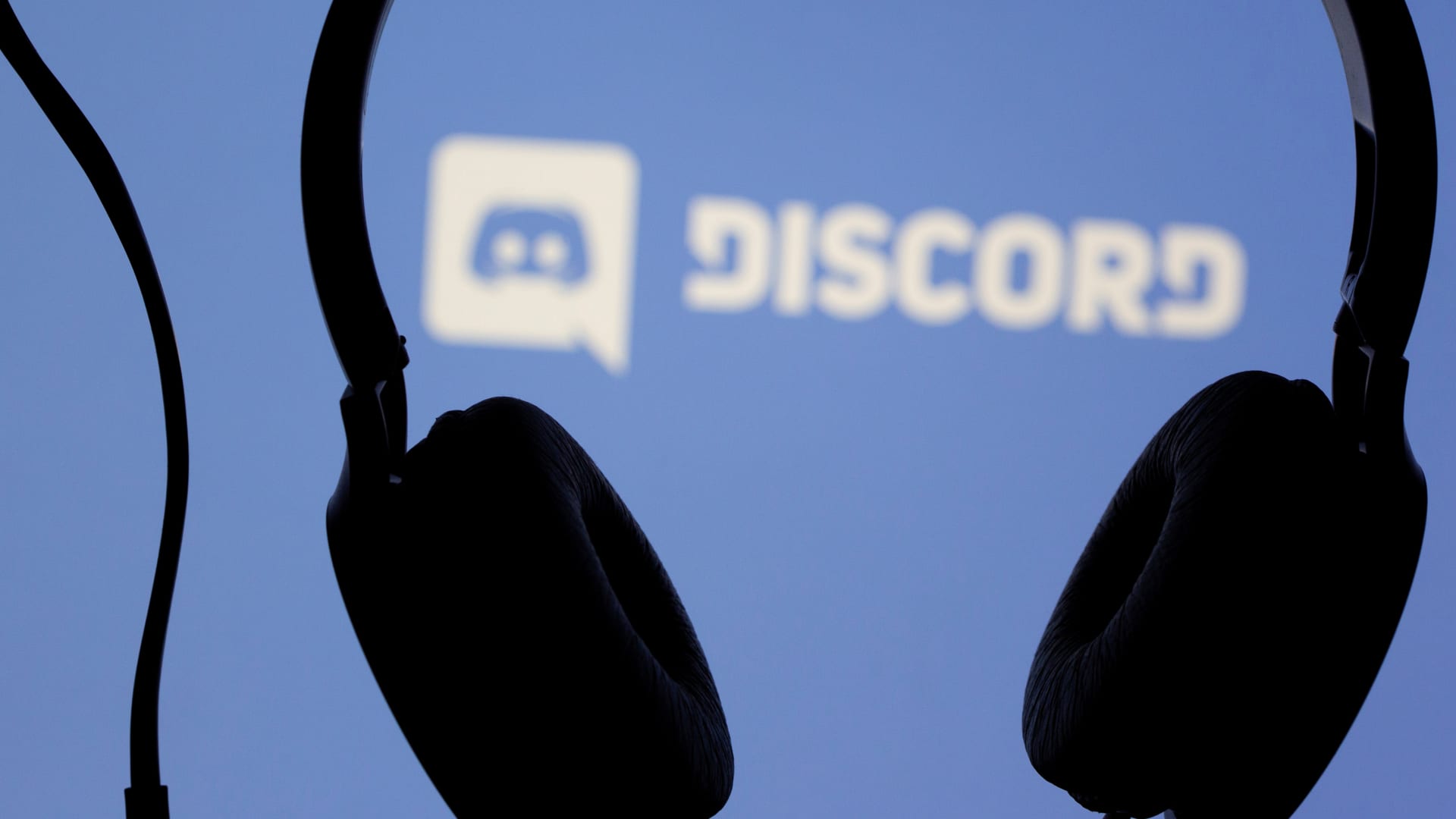
Headphones are seen in front of displayed Discord app logo in this illustration taken March 29, 2021.
Dado Ruvic | Reuters
Discord has introduced parental control tools, a move that represents a continued shift by the growing social media company to involve parents on its platform amid greater scrutiny of teen social media usage and the potentially negative health consequences.
The new settings in Discord’s Family Center allow parents to know which Discord communities their teens belong to, as well as the users that their teens are friending and interacting with. The settings will not, however, allow parents access to the actual content of their teens’ interactions.
As recently as 2021, Discord’s top executives told the Wall Street Journal that the company’s user-first philosophy came before the wants of parent. But parents and public officials continue to pressure social media platforms over issues related to teen usage. A Surgeon General’s report from May of this year indicated that 46% of teens ages 13-17 say that social media makes them feel worse about their body image, and that there is a relationship between social media use and depression. What’s more, 64% of teens are “often” or “sometimes” exposed to hate-based content, including racism and cyberbullying.
Discord’s blog post about the new parental controls attempted to strike a balance between its user-first philosophy and the fact that many social media users are teens — the Surgeon General report said up to 95% of people between ages 13 and 17 report using social media. “The Family Center is a new opt-in tool that makes it easy for teens to keep their parents and guardians informed about their Discord activity while respecting their autonomy,” Discord wrote.
Family Center requires the consent of both the user and the parent. In order to set it up, the parent must scan a QR code that the teen generates. Once Family Center is set up and a teen has accepted a parent’s request, the Family Center provides details about Discord activity within the last seven days, including number of users messaged or called, the number of new friends added, and how many servers the user is actively participating in. Discord described it as a highlight of activity rather than complete archive.
Snap, Instagram, TikTok all have parental controls
Parental controls like these are growing more common across social media. Last year, Snapchat launched parental controls that also sought to find a balance between providing parents more information but not encroaching too far into the online lives of their children.
“Family Center is designed to reflect the way that parents engage with their teens in the real world, where parents usually know who their teens are friends with and when they are hanging out — but don’t eavesdrop on their private conversations,” Snap said when it announced that feature in August 2022.
Meta said last month that it is rolling out new tools to make users verify their age as 18 on Instagram, a move that came after its 2022 introduction of a Family Center. A 2021 Wall Street Journal investigation tied teen use of Instagram to negative mental health outcomes. Later that year, Meta paused work on an Instagram for Kids. Since 2020, TikTok’s Family Pairing feature has allowed parents to modulate the content that their child can view and even disable the search bar.

Discord, which launched in 2015 and ranked No. 18 on the 2023 CNBC Disruptor 50, was originally populated primarily by those in the gaming community, but has grown well beyond its gamer roots to over 150 million monthly active users. With its growth has come more focus on its safety and security issues. Harassment reports on Discord became a big problem in recent years, an especially sensitive issue given its generally younger demographic. In its latest transparency report from December 2022, the company said it had disabled 42,458 accounts and removed 14,451 servers for child safety violations during the third quarter of 2022, a 92% decrease in the number of accounts disabled when compared to the previous quarter.
The Surgeon General said in his report earlier this year that there is evidence on both sides of the debate about social media. It can lead to or exacerbate eating disorders, low self-esteem and depression, according to research reviewed by the Surgeon General. However, the report also stated that a majority of adolescents say social media helps them feel more accepted (58%), like they have people who can support them through tough times (67%), like they have a place to show their creative side (71%), and more connected to what’s going on in their friends’ lives (80%). But it concluded, “At this time, we do not yet have enough evidence to determine if social media is sufficiently safe for children and adolescents.”
Before the parental controls, Discord added features in recent years that it said helped teens to manage their accounts for safety reasons, and that it encouraged parents to review these options with teens, including direct message filters, explicit image filters, and friend request settings.
Discord’s recent acquisition of Gas also points to its increasing focus on criticism of teen social media use. Gas is an app whose primary purpose is to give teens a platform to compliment each other. “Gas is all about uplifting and empowering each other through positive affirmations. Its tremendous success shows the opportunity that exists in creating a playful yet meaningful place for young people,” Discord stated in a blog post about the deal.







